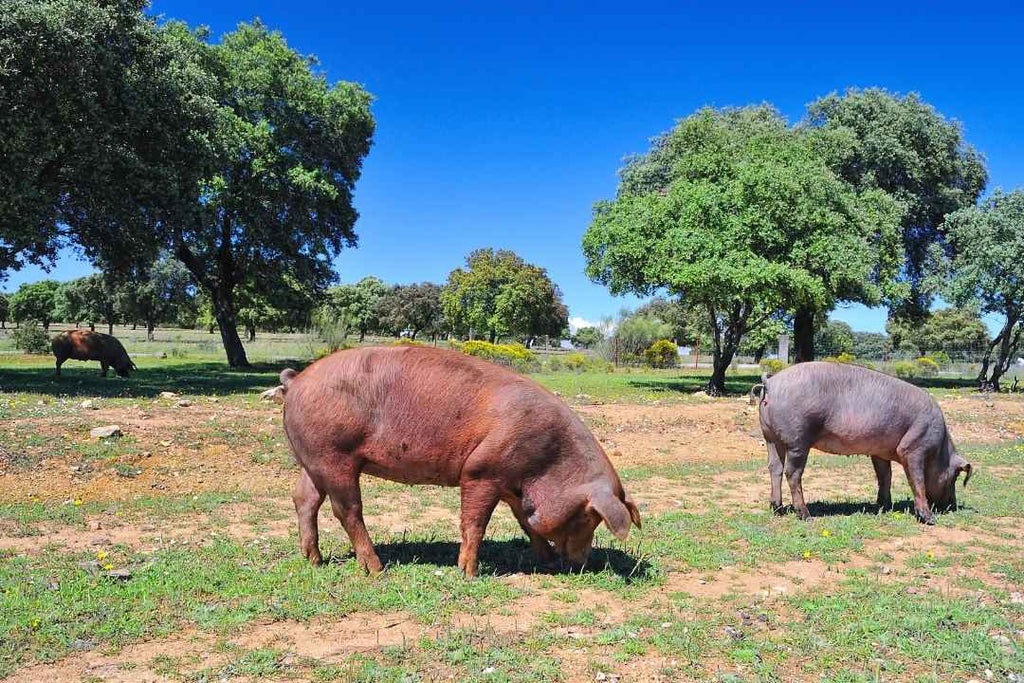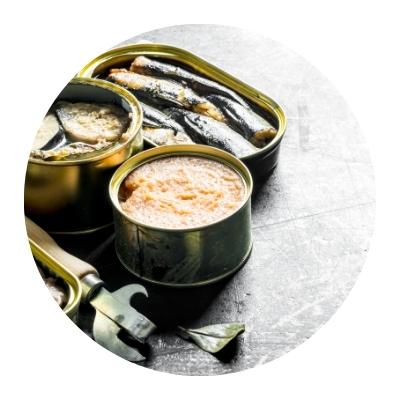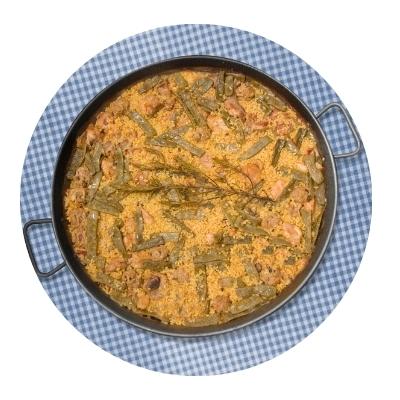How is pata negra ham made?

If you have come to this blog is because you probably love pata negra ham or want to know more about it. This is why we would like to explain how this jewel of Spanish gastronomy is made, one of the stars of the Mediterranean diet, named Intangible Cultural Heritage of Humanity by UNESCO in 2013.
It all starts in the pasture
For a ham to be classified as pata negra ham and labeled with a black bridle it must come from a 100% Iberian breed pig, as well as having been raised in the wild in the dehesa and fed with acorns during the montanera. In the dehesas of the Iberian Peninsula, Iberian pigs travel several kilometers every day in search of food. This causes the fat to naturally infiltrate the muscle, which is one of the reasons why pata negra ham has such a tasty texture that it almost melts in the mouth when eaten.
Artisan curing
The curing of pata negra ham is another of the key processes in its production. This curing is carried out in natural drying sheds with large windows, normally located near mountain ranges where the cold currents of air cause the dehydration and drying of the piece. In summer, the high temperatures typical in Spain cause the hams to sweat, favoring the infiltration of oleic acid into the muscle fibers. The curing time for a pata negra ham should be 36 months or more, and 24 months for pata negra shoulders.
From the label to your table
After the drying process, the next step is labeling. All pata negra hams must have a black flange that guarantees their breed, breeding and traceability. If you are going to buy a pata negra ham, make sure it has this black flange surrounding the shank of the leg, as you can see in the image of the article.
SHARE:





